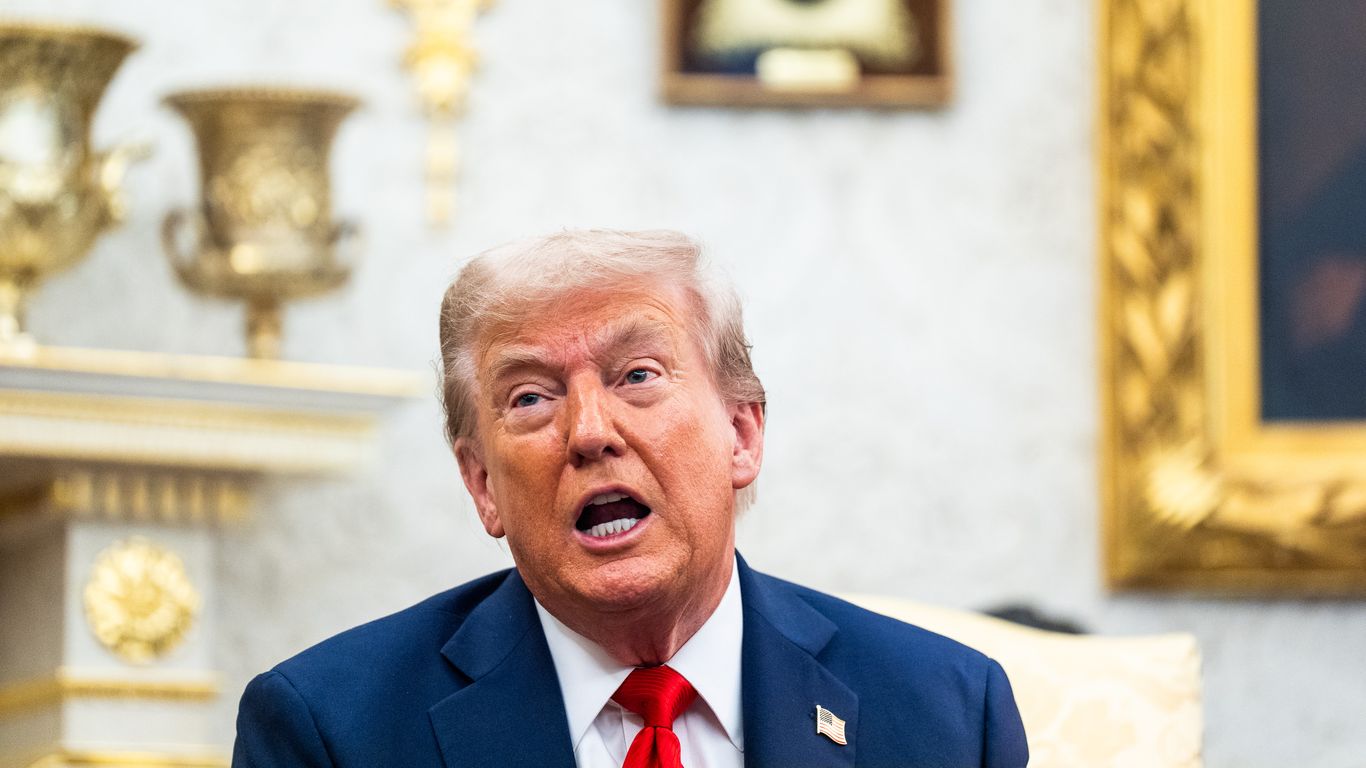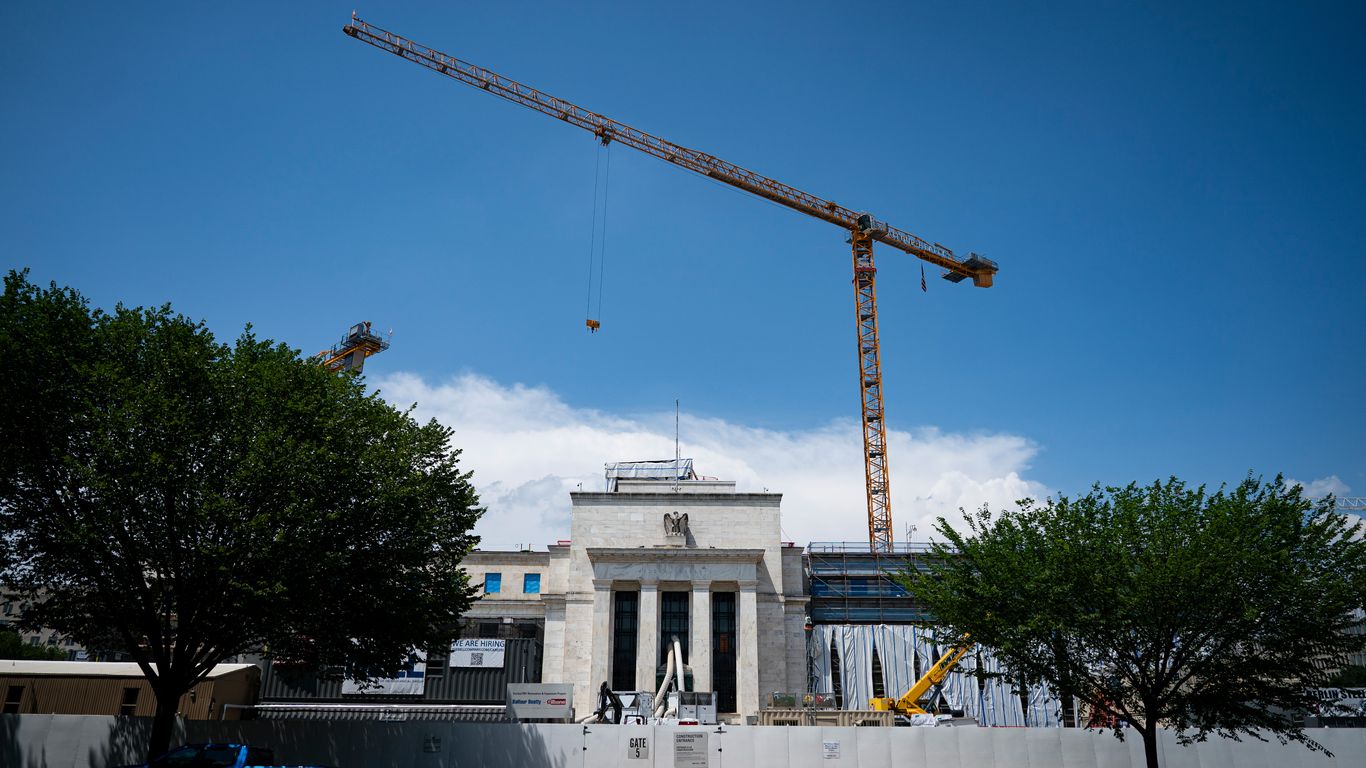White House East Wing Renovation Expands to Grand Ballroom

Introduction
The White House has embarked on a significant renovation, expanding the demolition of the East Wing to accommodate President Donald Trump's ambitious ballroom project. This development has sparked controversy, with critics questioning the transparency and necessity of the undertaking.
Key Details
The East Wing is being transformed to include a 90,000-square-foot glass-walled space, which will increase event capacity from approximately 200 to 999 guests. This expansion aims to host grand parties and state visits, aligning with Trump's vision for a grand ballroom. Despite the project's scope, Trump has emphasized that it will incur no cost to taxpayers.
Impact
The project's progress has been met with skepticism, as some argue that the lack of transparency and potential overreach by the administration are cause for concern. As the renovation continues, it remains to be seen how this new addition will be received by the public and whether it will enhance the White House's functionality for future events.
About the People Mentioned
Donald Trump
Donald John Trump, born June 14, 1946, in Queens, New York, is an American businessman, media personality, and politician. He graduated from the University of Pennsylvania’s Wharton School in 1968 with a degree in economics. In 1971, he took over his family’s real estate business, renaming it the Trump Organization, through which he expanded into building and managing skyscrapers, hotels, casinos, and golf courses. Trump gained widespread fame as the host of the reality TV show *The Apprentice* from 2004 to 2015, which helped establish his public persona as a successful entrepreneur. Trump entered politics as a Republican and was elected the 45th president of the United States, serving from 2017 to 2021. His presidency was marked by significant policy actions including tax cuts, deregulation, the appointment of three Supreme Court justices, renegotiation of trade agreements (notably replacing NAFTA with the USMCA), and a focus on immigration control including border wall expansion. He withdrew the U.S. from international agreements such as the Paris Climate Accord and the Iran nuclear deal, and engaged in a trade war with China. His administration’s response to the COVID-19 pandemic was criticized for downplaying the virus’s severity. Trump was impeached twice by the House of Representatives—first in 2019 for abuse of power and obstruction, and again in 2021 for incitement of insurrection—but was acquitted by the Senate both times. After losing the 2020 election to Joe Biden, Trump challenged the results, culminating in the January 6, 2021, Capitol riot. He remains a central figure in American politics, having won the 2024 presidential election and returned as the 47th president in 2025, continuing to promote policies aimed at economic growth, border security, and military strength[1][2][3][4].
About the Organizations Mentioned
The White House
The White House refers not only to the iconic residence of the President of the United States but also to the central executive office and administration supporting the president in executing federal government functions. It houses the Executive Office of the President (EOP), established in 1939 by President Franklin D. Roosevelt to provide the president with a cohesive team of advisors and staff to manage complex policy areas and daily operations[1][3]. The EOP includes numerous agencies such as the White House Office (which encompasses the president's closest staff in the West Wing), the National Security Council, the Office of Management and Budget, the Council of Economic Advisers, and the Office of the United States Trade Representative. These entities work collectively to advise the president on critical matters including national security, economic policy, environmental issues, budget management, and international trade[1][3]. Historically, the White House has evolved into a "permanent government" structure, with many civil servants providing politically neutral, expert advice that transcends individual administrations. This continuity supports stability in governance amid changing political leadership[1]. The White House staff has grown substantially in size and expertise, reflecting increasing technological complexities and global interdependencies faced by the U.S. government[1]. Key achievements of the White House and its Executive Office include coordinating the federal budget, managing national security strategy, and shaping U.S. domestic and foreign policy. The White House Chief of Staff, a pivotal role currently held by Susie Wiles as of 2025—the first woman in this position—oversees these operations and ensures effective administration of presidential priorities[1]. In the context of business and technology, the White House plays a critical role in steering economic policy, innovation agendas, and regulatory frameworks that impact industries nationwide. It interfaces with independent agencies like the Securities and Exchange Commission and the Federal Reserve Board, influencing market stability and economic growth[3][4]. Today, the White House remains the nerve center for U.S. executive power, employing around 1,








